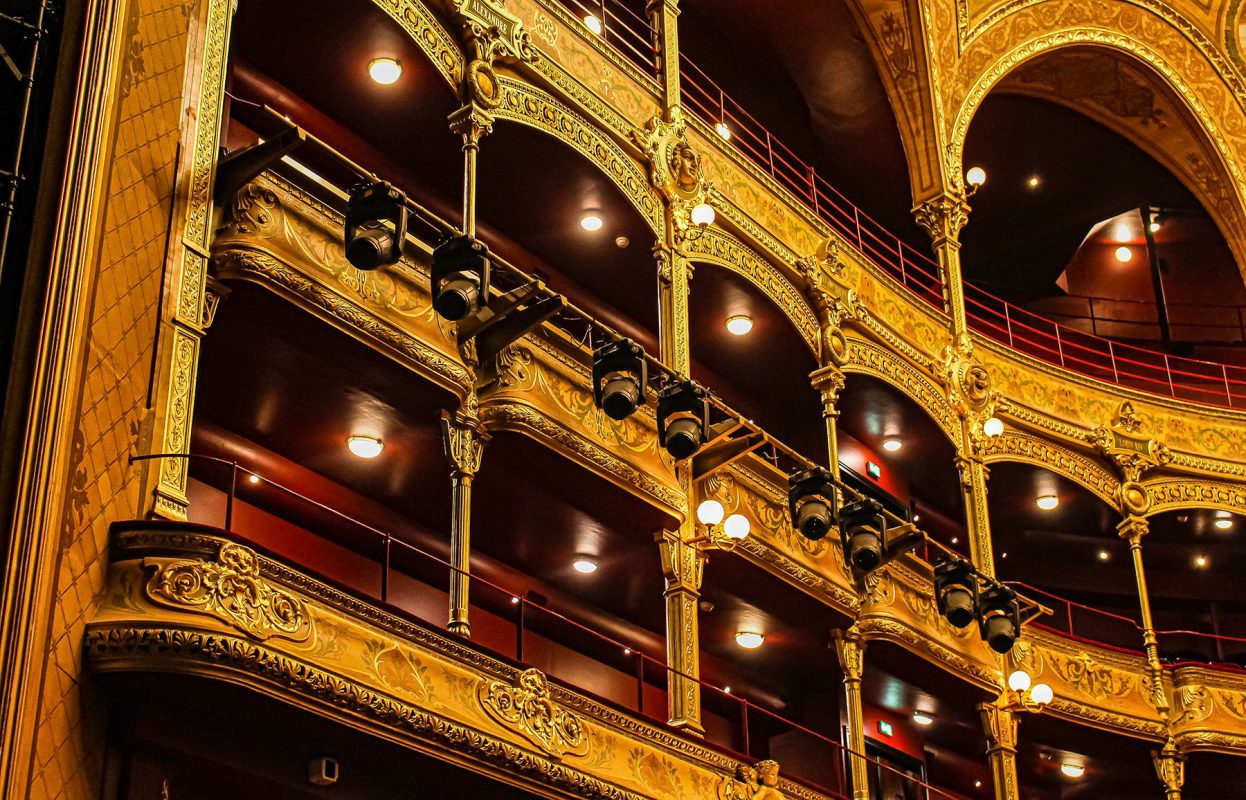Your trial has expired. Please update your subscription plan at rss.app. – (NvJX76qBSA6WBVqS) Read More Call Now 800.576.5919 Newark Jersey City Paterson Elizabeth Lakewood Township Edison Woodbridge Township Toms River Hamilton Township, Mercer County Trenton Clifton Cherry Hill Brick Township Camden Bayonne Passaic East Orange Union City Franklin Township, Somerset County Middletown Township Old Bridge […]
Gymkahna has gone electric with Ken Block thrashing the streets of Las Vegas in the electric Audi S1 Quattro Hoonitron Read More Call Now 800.576.5919 Newark Jersey City Paterson Elizabeth Lakewood Township Edison Woodbridge Township Toms River Hamilton Township, Mercer County Trenton Clifton Cherry Hill Brick Township Camden Bayonne Passaic East Orange Union City Franklin […]
Melbourne, Oct 26 A dominant Ireland sprung a huge upset in the ongoing T20 World Cup with a … Read More Call Now 800.576.5919 Newark Jersey City Paterson Elizabeth Lakewood Township Edison Woodbridge Township Toms River Hamilton Township, Mercer County Trenton Clifton Cherry Hill Brick Township Camden Bayonne Passaic East Orange Union City Franklin Township, […]
Automotive Fintech Market Research 2022-2026 highlights comprehensive insights on sales revenue, growth strategies, sales pattern, production, consumption and supply-demand analysis of industry with recent developments. It also covers basic information on competitors, market performance, product specifications and demand scope of top Key Players – Roadster, Carvana, Motorefi, Car Gurus, Edmunds, Auto pay The “Automotive Fintech […]
Paradis Books & Bread is not just one thing. Read More Call Now 800.576.5919 Newark Jersey City Paterson Elizabeth Lakewood Township Edison Woodbridge Township Toms River Hamilton Township, Mercer County Trenton Clifton Cherry Hill Brick Township Camden Bayonne Passaic East Orange Union City Franklin Township, Somerset County Middletown Township Old Bridge Township Gloucester Township North […]
Driveway gates and pedestrian walk gates fabrication services are available for custom gates, a full inventory of stock gates, automatic gate … Read More Call Now 800.576.5919 Newark Jersey City Paterson Elizabeth Lakewood Township Edison Woodbridge Township Toms River Hamilton Township, Mercer County Trenton Clifton Cherry Hill Brick Township Camden Bayonne Passaic East Orange Union City […]
The Théâtre du Châtelet, an iconic arts and cultural landmark venue in the 1st arrondissement of Paris, designed by Jean-Antoine-Gabriel Davioud and completed in 1862, re-opened to the public | Forty Robe T1 Profile moving lights are now part of the lighting rig at the iconic, 2500-capacity theatre. Read More Call Now 800.576.5919 Newark Jersey City […]
Moonshake ‘Eva Luna’ (1992 – 2022) : 30th anniversary reappraisal of their debut album on Too Pure Records Read More Call Now 800.576.5919 Newark Jersey City Paterson Elizabeth Lakewood Township Edison Woodbridge Township Toms River Hamilton Township, Mercer County Trenton Clifton Cherry Hill Brick Township Camden Bayonne Passaic East Orange Union City Franklin Township, Somerset […]
Now for something completely different. Tony Stewart has raced, and won, in many forms of motorsports. This weekend he will race something he hasn’t raced before: an NHRA Top Alcohol dragster. Read More Call Now 800.576.5919 Newark Jersey City Paterson Elizabeth Lakewood Township Edison Woodbridge Township Toms River Hamilton Township, Mercer County Trenton Clifton Cherry […]
New York State Electric and Gas is reporting over 2,500 customers in Broome County without power as of 8 a.m. October 24. Read More Call Now 800.576.5919 Newark Jersey City Paterson Elizabeth Lakewood Township Edison Woodbridge Township Toms River Hamilton Township, Mercer County Trenton Clifton Cherry Hill Brick Township Camden Bayonne Passaic East Orange Union […]










